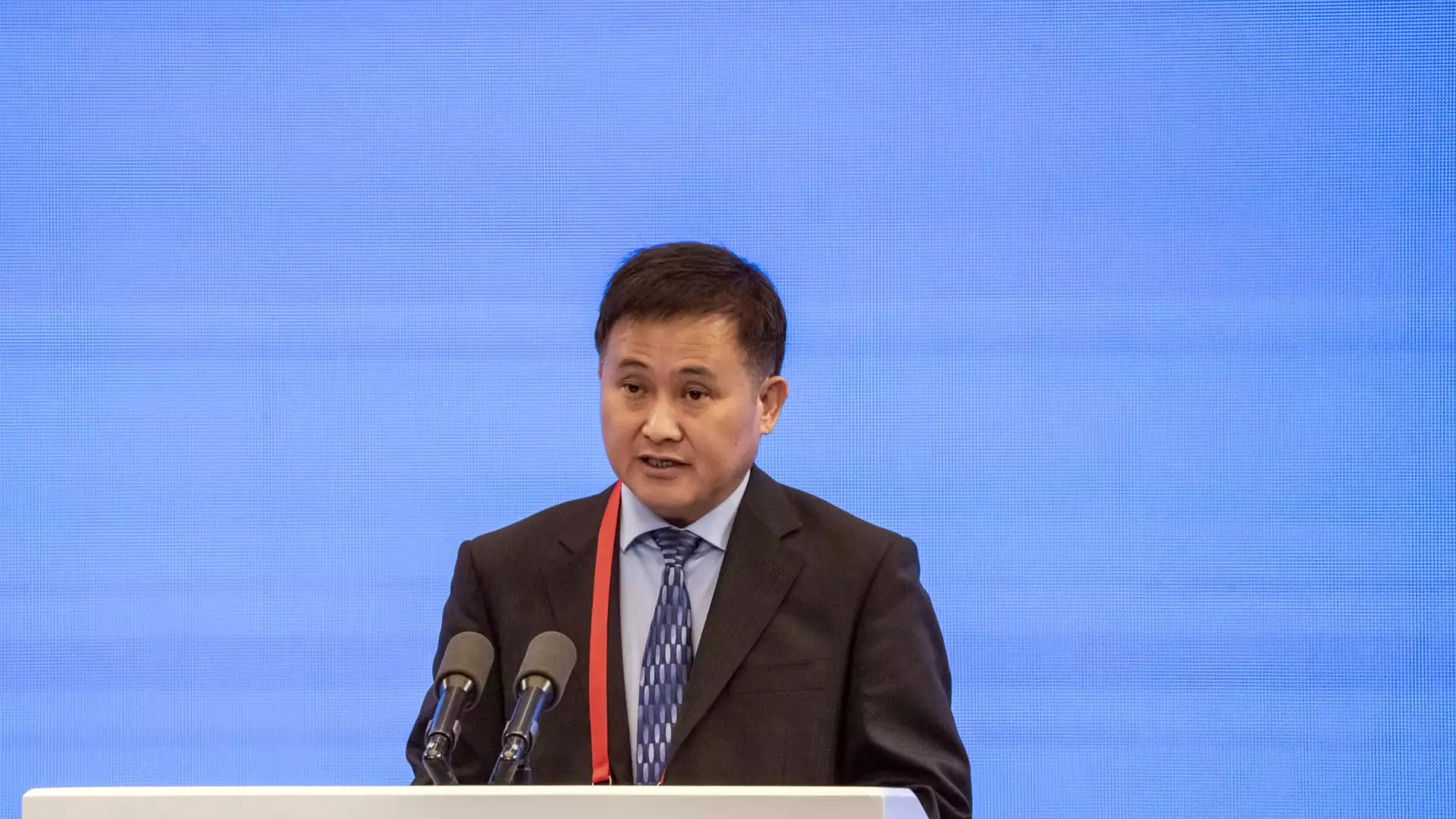China’s financial landscape has experienced significant changes, according to People’s Bank of China Governor Pan Gongsheng. In a recent interview, Pan stated that the country’s overall financial risks have decreased, particularly in relation to local government debt. He emphasized that the central bank is committed to working closely with the Ministry of Finance to ensure that China meets its annual growth targets. Pan also reassured that the monetary policy will remain supportive to sustain economic stability.
Local government financing vehicles (LGFVs) have been a major concern due to their role in facilitating infrastructure development and projects. These platforms, which tapped into shadow banking for financing, led to a surge in debt levels. However, recent efforts by local governments, financial institutions, and investors have helped alleviate some of the repayment pressures faced by weaker LGFVs. Despite progress, experts warn that LGFV debt remains a significant challenge, with a substantial amount of bonds set to mature in the coming months.
The ongoing economic slowdown in China has added to the debt challenges faced by the country. With growth hovering around 5% in the first half of the year, concerns have been raised about achieving the full-year growth target without additional stimulus. The International Monetary Fund has stressed the importance of macroeconomic policies that support domestic demand to mitigate debt risks. Moreover, smaller commercial and rural banks have been highlighted as weak links in the banking system, with a significant number of high-risk institutions still posing a threat.
China’s real estate sector, once a cornerstone of the economy, is undergoing a transformation as the government aims to reduce reliance on property for growth. Pan noted that measures such as lowering mortgage down payment ratios and interest rates have been implemented to support affordable housing initiatives. The central authorities are also assisting local governments in acquiring properties for housing projects. This shift towards advanced technology and manufacturing industries reflects China’s broader economic transition goals.
Amid heightened volatility in the government bond market, the People’s Bank of China made strategic decisions to inject capital through alternative tools like the 7-day reverse repurchase agreement. This move came after a delay in rolling over the medium-term lending facility. Pan underscored the central bank’s efforts to revamp its monetary policy structure, with upcoming announcements on benchmark rates. The recent cuts in loan prime rates signal the PBOC’s commitment to supporting economic growth and stability.
While China has made progress in reducing financial risks and addressing debt levels, challenges persist in the face of economic uncertainties. Continued efforts to strengthen regulatory oversight, support domestic demand, and diversify the economy will be crucial in navigating the evolving financial landscape. The collaboration between different stakeholders, including local governments, financial institutions, and international organizations, will play a vital role in ensuring sustainable growth and stability in China’s financial system.

